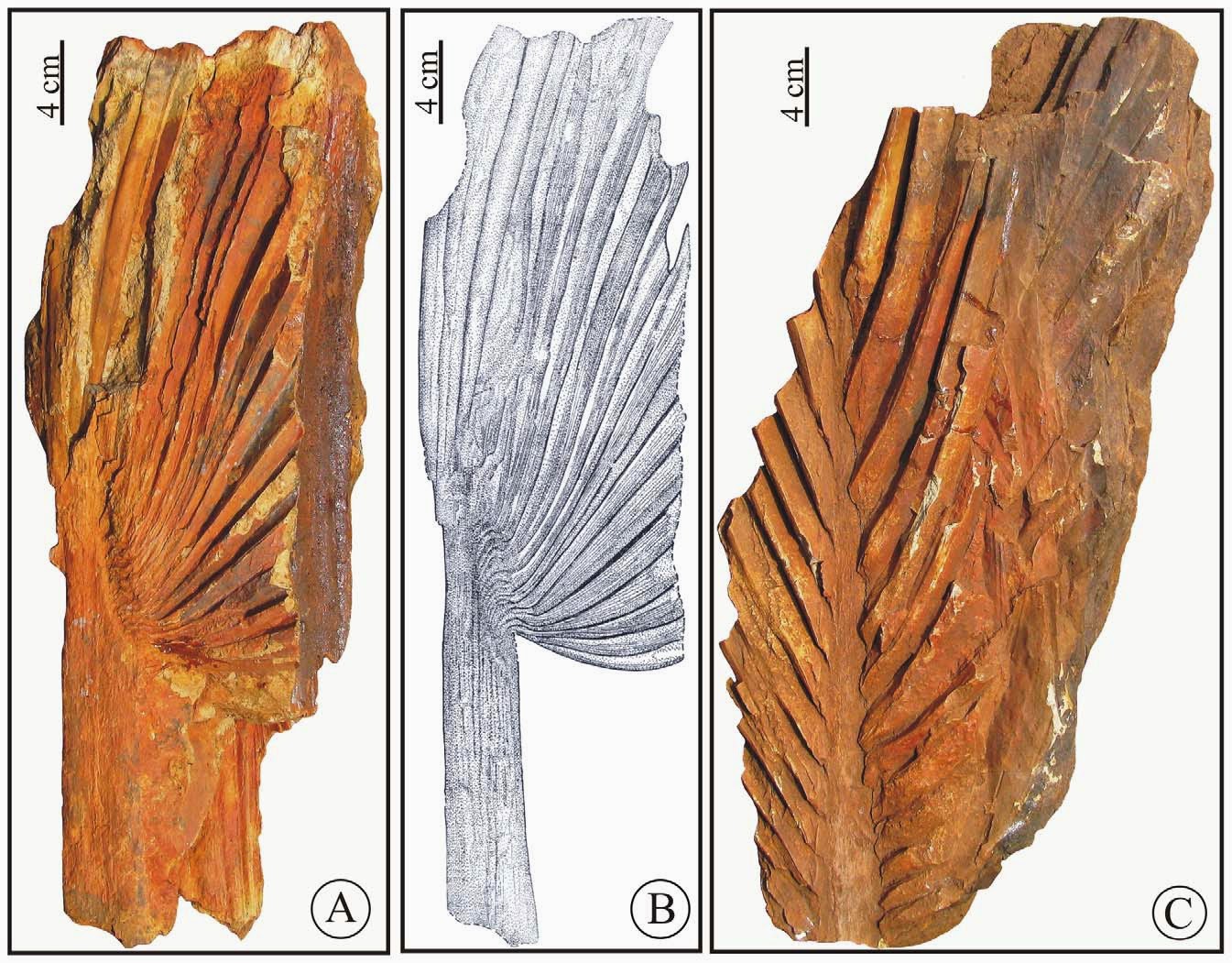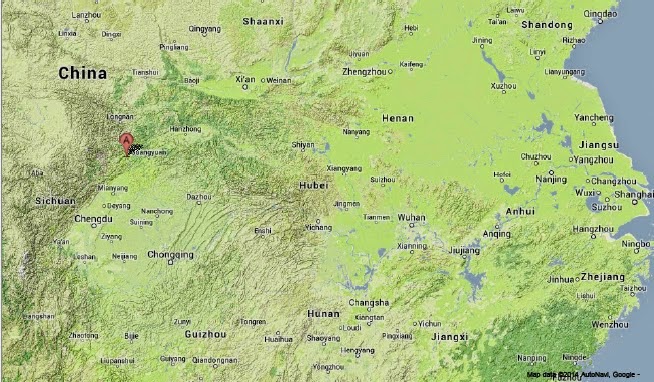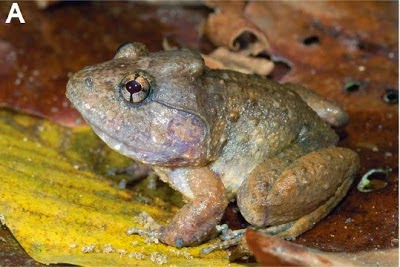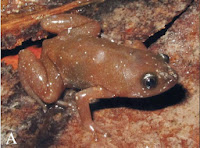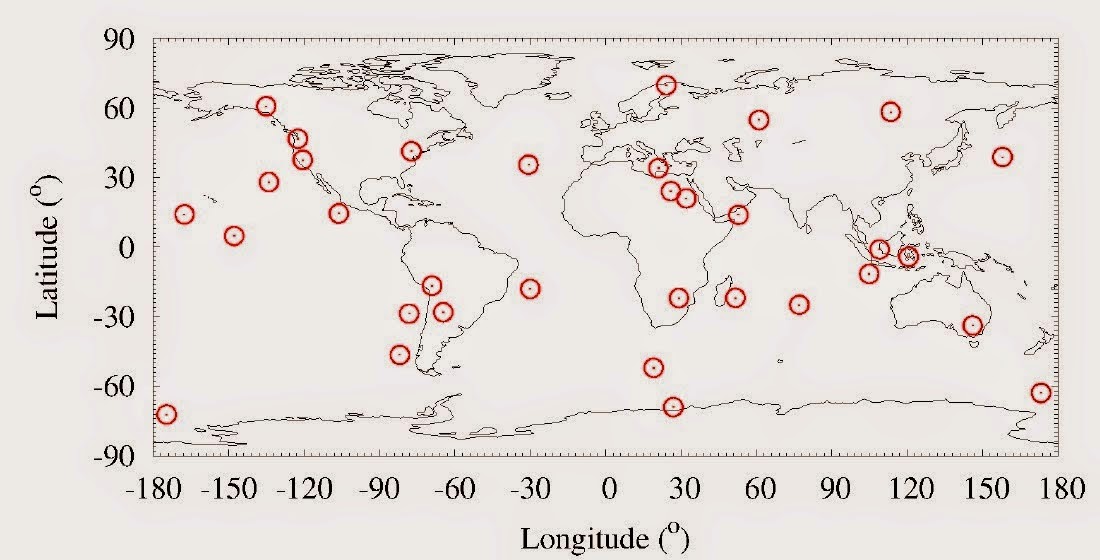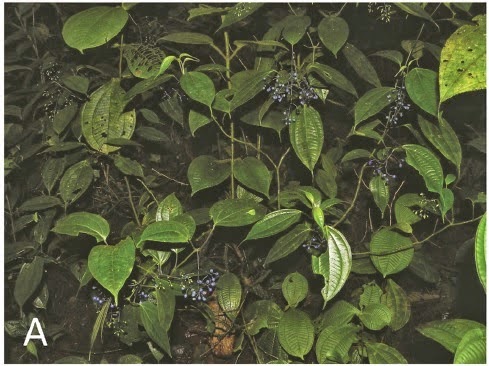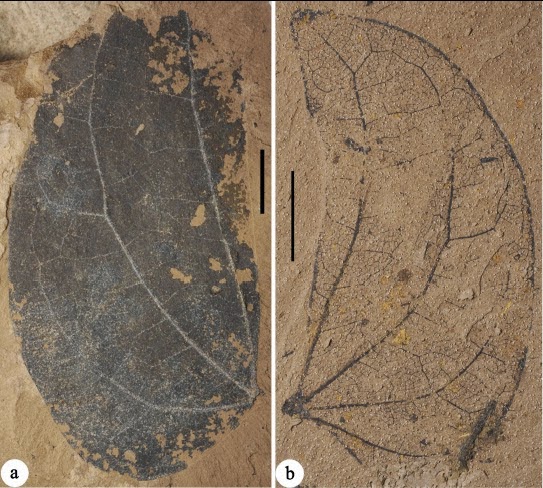Vetulicolians are an enigmatic group of Cambrian fossils known from the Chengjiang and Guanshan biotas of South China, Sirius Passet in Greenland and the Burgess Shale in western Canada. They have segmented bodies that caused them to be initially classified as Arthropods, but have never been found to have limbs, and the discovery of structures interpreted as gill slits, a mesodermal skeleton and a possible notochord have led to them being interpreted as Chordates (the group of animals that includes Vertebrates) in most modern studies, although opinions on how they might be related to other Chordates varies.
The new species is named Nesonektris aldridgei, where ‘Nesonektris’ means ‘island swimmer’ and ‘aldridgei’ honours the late Dick Aldridge, who led attempts to resolve the affinities of Vetulicolians. The species is described from over 150 specimens, the largest of which is 125 mm in length, but with incomplete specimens that suggest a maximum length of about 170 mm. The specimens have a roughly square forward section, with an oral margin connected to dorsal and ventral keels, a narrow lateral groove, and no trace of any gills. The rear part of the fossils comprises a series of seven segments apparently supported by a rod-like structure, with two lobes on the terminal segment connected by a flat notch.

The Early Cambrian Vetulicolian Nesonektris aldridgei. (A–C) Specimen with distal end of posterior body region (S4–S7) folded over itself, anterior towards left; (A) part, anterior rim exposed by preparation (arrow points to cuticle wall under the rod); (B) counterpart, with severed notochord (detail in Figure 2B); (C) camera lucida drawing, grey indicates sediment infill; (D) nearly complete specimen, only lacking one side of anterior region body; (E) nearly complete specimen; (F) nearly complete but folded specimen; showing fold on anterior region (oblique arrow) and continuous connection between anterior and posterior body regions along the dorsal margin (vertical arrow); (G) reconstruction; abbreviations: dk = dorsal keel; eb = epibionts; ism = intersegmental membrane; lg = lateral groove; nc = notochord; om = oral margin; vk = ventral keel; S1–S7 = posterior body region segment number; scale bars, 5 mm. García-Bellido et al. (2014).
The structure interpreted as a notochord in Vetulicolians, upon which the interpretation of them as Chordates is based, is problematic as this structure is disproportionately large compared to the body, and indeed would be exceptional compared to the notochords of even the largest modern Chordates. It has been suggested that this structure may instead be a gut or coelomic cavity, however a gut of this size would also be highly disproportionate to the size of the body.
The ‘notochord’ of several specimens of Nesonektris aldridgei appears to be made up of a series of offset blocks. García-Bellido et al. consider this to be similar to the situation seen in Cephalochordates (Lancets), larval Urochordates (Sea Squirts) and some larval Vertebrates, notably Lampreys, in which the notochord consists of a series of stacked disks in a thin sheath, which can decpme disarticulated as the dead animal decays, supporting the Chordate hypothesis for the affinities of Vetulicolians.
(E) Detail of displaced notochord in specimen of Nesonektris aldridgei, with small offsets at regular intervals (white arrowheads) corresponding to discs and larger displacement into blocks of discs (yellow arrowheads); (F) partially decayed Hagfish notochord, showing displacement of discs. (E) Scale bar 5 mm. García-Bellido et al. (2014). (F) Scale Bar 2 mm. Robert Sansom in García-Bellido et al. (2014).
García-Bellido
et al. also consider that the body-plan of Vetulicolians is very similar to that of larval Tunicates, with a similar two-part body, comprising a front portion with a terminal mouth, and a rear tail portion supported by a notochord, and suggest that the two groups are probably closely related, a theory supported by a computer generated phytogenic analyses of Chordate groups.
Phylogenetic position of Vetulicolians within Deuterostomia. Maximum parsimony analysis strict consensus of 65 cladograms (Vetulicolians collapsed into a single terminal. Blue box encapsulates phylum Chordata; daggers and red branches represent extinct taxa known only from fossils. Parsimony-bootstrap values (above branches) and Bremer support (below) are shown for analyses including/excluding the non-Vetulicolian fossil taxa. García-Bellido et al. (2014).
García-Bellido
et al. suggest that the common ancestor of Tunicates and Vetulicolians may have been a free-swimming animal with a thick cuticle and a large pharynx used for filter feeding. The Tunicates subsequently changed their lifestyle to become attached benthic animals during their adult phase, while the Vetulicolians evolved into larger, free swimming filter feeders, a niche otherwise unoccupied in the Cambrian. These animals would have been sightless and reliant on a thick cuticle for protection.
Artist’s impression of Nesonektris aldridgei in life. Katrina Kenny in García-Bellido et al. (2014).
See also…
The Vetulicolians are are group of organisms known from Cambrian deposits at a number of sites around the world. They Have segmented bodies superficially resembling those of Arthropods, but lack any visible limbs. Since palaeontologists and biologist theorize that the earliest Arthropods lacked limbs, having evolved from...







